The Evolution of Map Making Techniques
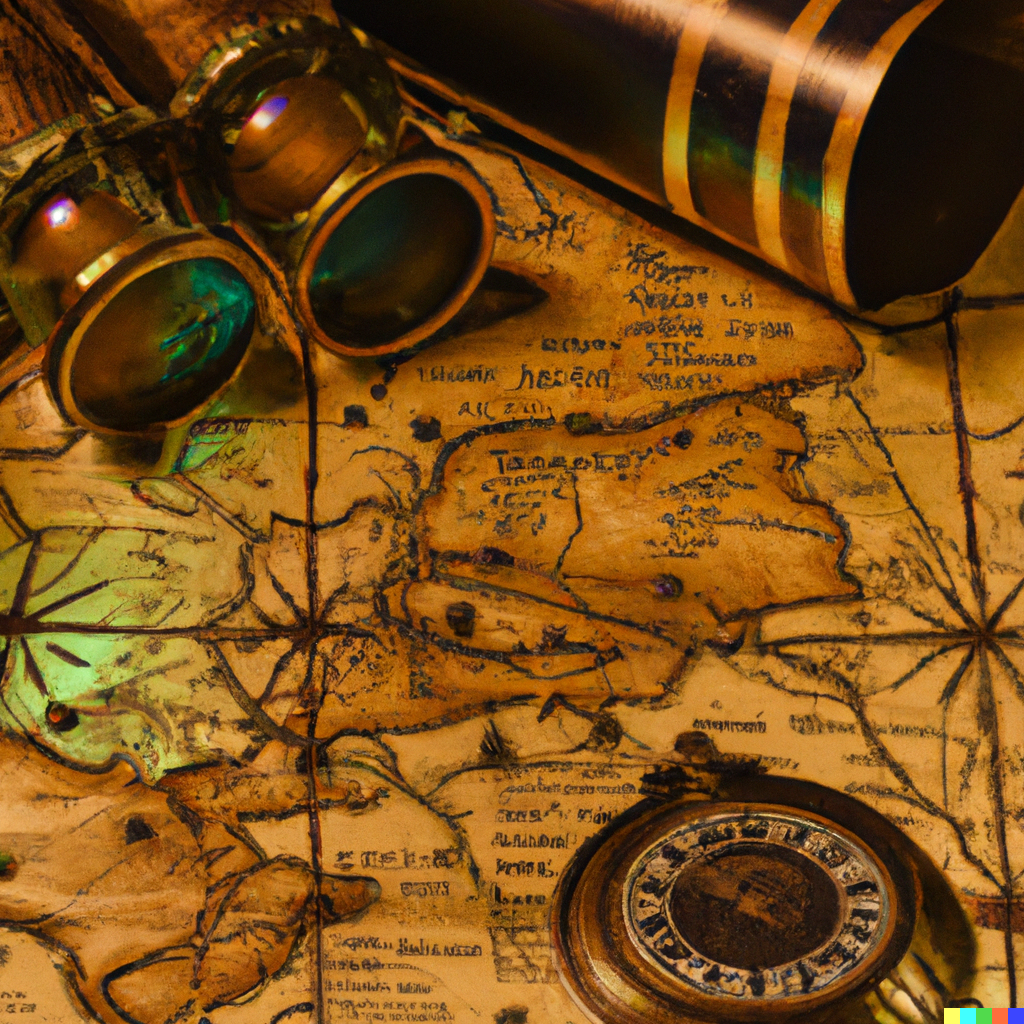
Introduction:
There’s something truly special about maps. They’re more than just a tool for getting from one place to another. Each map is a beautiful footprint, a timeless work of art that captures a moment in time and helps us to understand and explore the world around us. But have you ever stopped to think about the incredible journey that maps have taken over the centuries to become the high-tech, digitally-enhanced versions we use today?
Maps have always held a special place in our hearts and minds. Whether they’re ancient relics that capture the spirit of exploration and discovery, or modern masterpieces of digital mapping, every map is a beautiful work of art that tells a story and helps us to connect with the world around us.
Ancient map-making techniques:
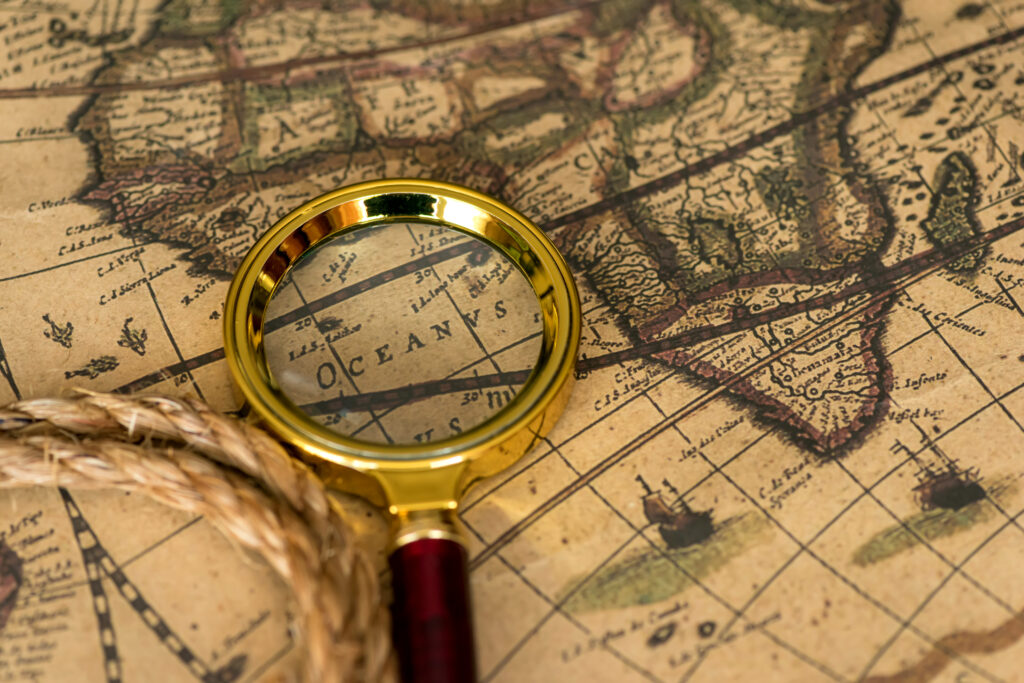
In the beginning, people used simple objects like sticks and stones to mark territory and navigate their surroundings. As civilizations grew and became more complex, they began creating more elaborate representations of the land on clay tablets and papyrus. These early maps were often highly symbolic, with different symbols representing different features of the terrain.
As map making techniques advanced, people began using grids to plot out their maps, making them more accurate and easier to read. This led to the creation of the first world map, which was a major milestone in the history of map making. Each of these early maps was a beautiful work of art, a testament to the human desire to understand and make sense of the world around us.
The age of exploration:
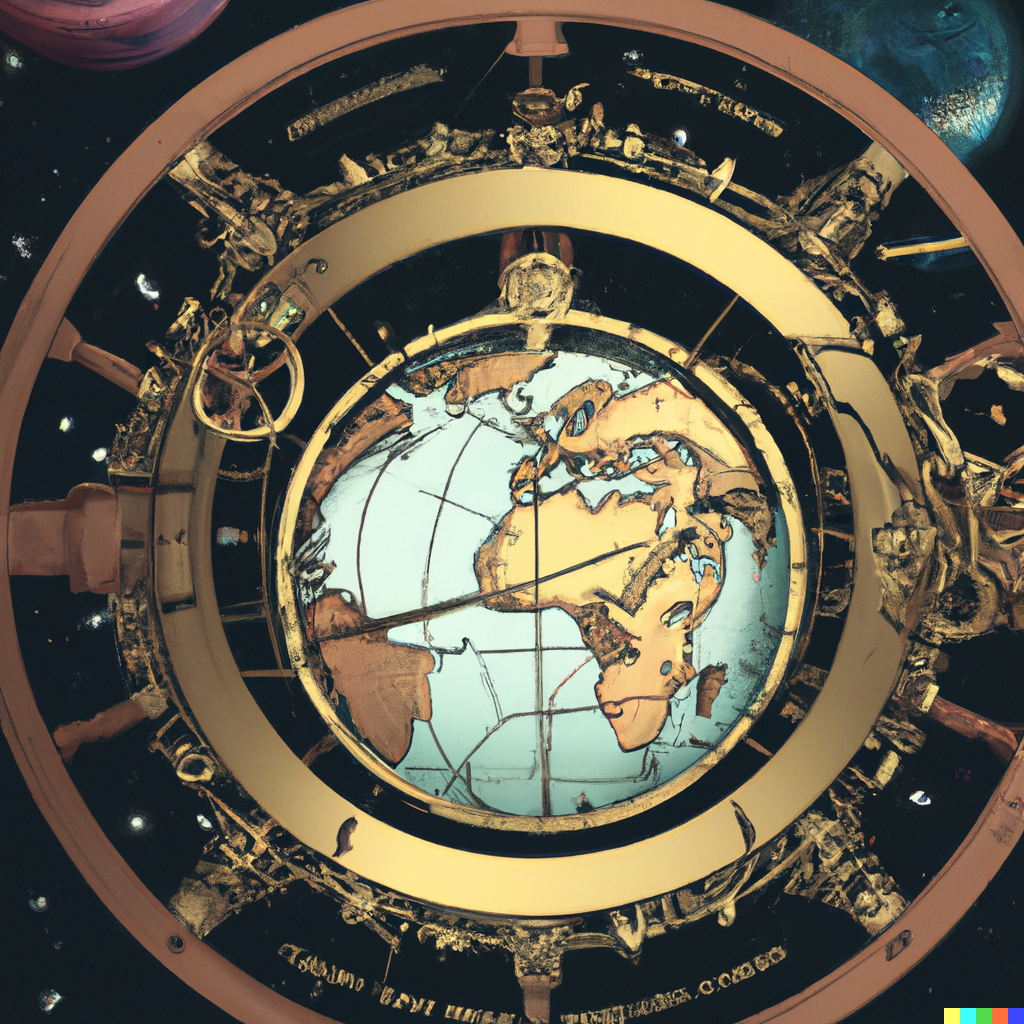
During the Age of Exploration, map making played a crucial role in helping navigators find their way across the oceans. With the help of celestial navigation and other advanced techniques, map makers were able to create more accurate world maps, which in turn enabled explorers to undertake longer and more ambitious voyages.
As exploration expanded, the need for specialized maps also grew. Military maps, trade maps, and other specialized types of maps became more common, each designed to meet the specific needs of different groups of people. Each of these maps was a beautiful work of art, a snapshot of the world at a particular moment in time and a testament to the human desire to understand and explore our surroundings.
The rise of modern technology:
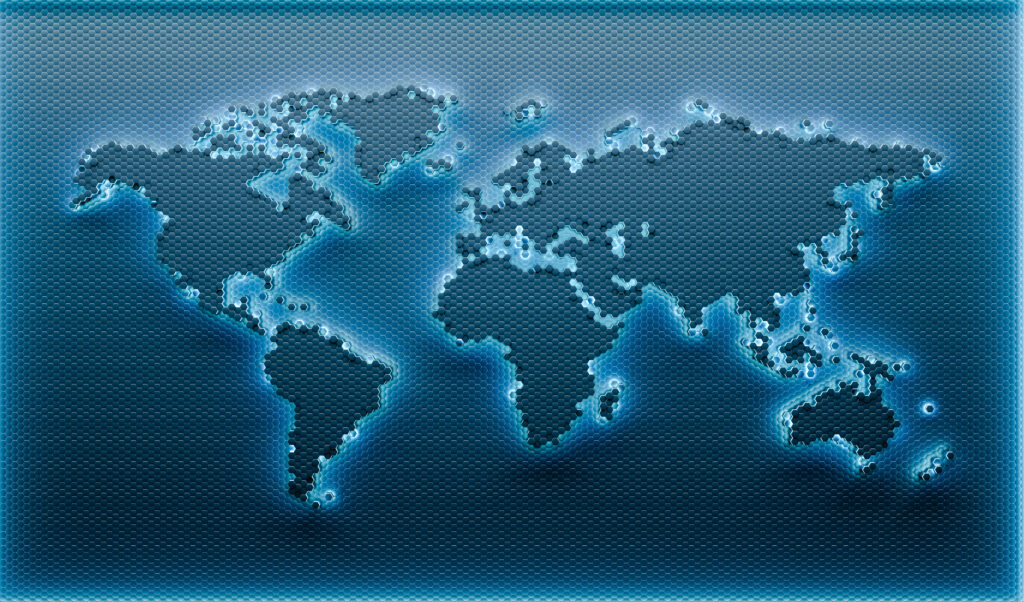
The invention of the printing press in the 15th century revolutionized the world of map making, making it possible to mass produce maps on a scale that had never been seen before. In the centuries that followed, advances in technology continued to shape the way maps were made. The introduction of computers and digital mapping in the 20th century made it possible to create even more detailed and accurate maps, while the use of satellite imagery and other technologies has allowed us to create maps that are more detailed and up-to-date than ever before.
Conclusion:
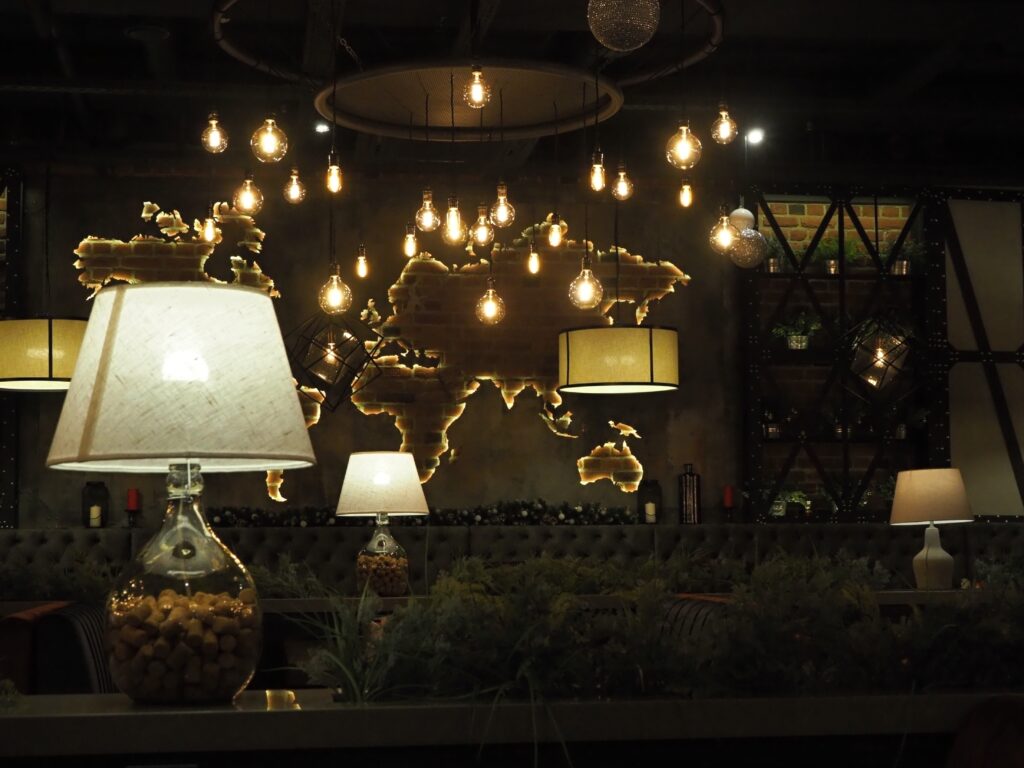
Maps are more than just a way to get from one place to another. They’re beautiful works of art that capture a moment in time and help us to understand and explore the world around us. Whether you’re using a map to find your way around a new city or simply to admire the beauty of the world from the comfort of your own home, there’s no denying the power and magic of this incredible tool. Maps are wonderful for wall hangings and make memorable focal points in any decor, turning any space into a true work of art. So next time you look at a map, take a moment to appreciate the incredible journey it has taken to get there, and the many people who have contributed to its evolution over the centuries.
